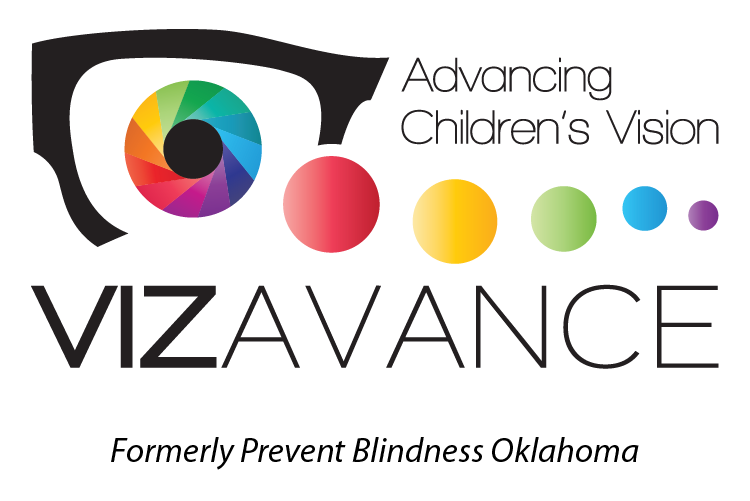
Undiagnosed vision problems in children can significantly impact their development and daily life, including academic performance, social interactions, and overall well-being. Here are some key points to consider:
Signs of Potential Vision Problems
Behavioral Signs:
– Squinting, covering one eye, or tilting the head to see better.
– Frequent eye rubbing or blinking.
– Avoiding reading or other close-up activities.
– Holding books very close to the face or sitting too close to the TV.
– Complaints of headaches or eye strain.
Academic Indicators:
– Difficulty reading or keeping track of lines while reading.
– Poor handwriting or trouble copying from the board.
– Reversing letters or numbers after the age of 7.
Physical Symptoms:
– Eye redness or excessive tearing.
– Misaligned eyes (strabismus).
– Pupils of different sizes or white pupils.
Common Vision Problems in Children
Refractive Errors:
– Myopia (nearsightedness): Difficulty seeing distant objects clearly.
– Hyperopia (farsightedness): Difficulty seeing close objects clearly.
– Astigmatism: Blurred vision due to an irregularly shaped cornea.
Amblyopia (Lazy Eye):
– One eye has poorer vision than the other, leading to the brain favoring the better eye.
Strabismus (Crossed Eyes):
– Misalignment of the eyes, which can lead to amblyopia if untreated.
Convergence Insufficiency:
– Difficulty focusing on close objects, leading to eye strain and reading difficulties.
Impact on Daily Life and Learning
Academic Performance:
– Vision problems can cause reading difficulties, reduced comprehension, and lower grades.
– Children may avoid schoolwork, leading to poor academic performance and self-esteem issues.
Social Interactions:
– Struggling with vision can make it harder to participate in social activities, leading to social withdrawal or behavioral issues.
– Physical Health:
– Untreated vision issues can cause chronic headaches, eye strain, and fatigue.
Importance of Early Detection and Treatment
Regular Eye Exams:
– The American Optometric Association recommends comprehensive eye exams at 6 months, 3 years, and before first grade, followed by annual check-ups.
Intervention and Support:
– Early detection allows for timely treatment, which may include corrective glasses, vision therapy, or, in some cases, surgery.
– Educators and parents can provide additional support and accommodations, such as seating adjustments, larger print materials, and frequent breaks during visual tasks.
Undiagnosed vision problems in children can have far-reaching effects on their development and quality of life. Regular eye exams and prompt treatment are crucial to ensuring that children have the visual capabilities necessary for success in school and everyday activities. If a child shows any signs of vision problems, it is essential to seek professional evaluation.
Call us today for your child’s FREE Vision Screening +1 405-848-7123




